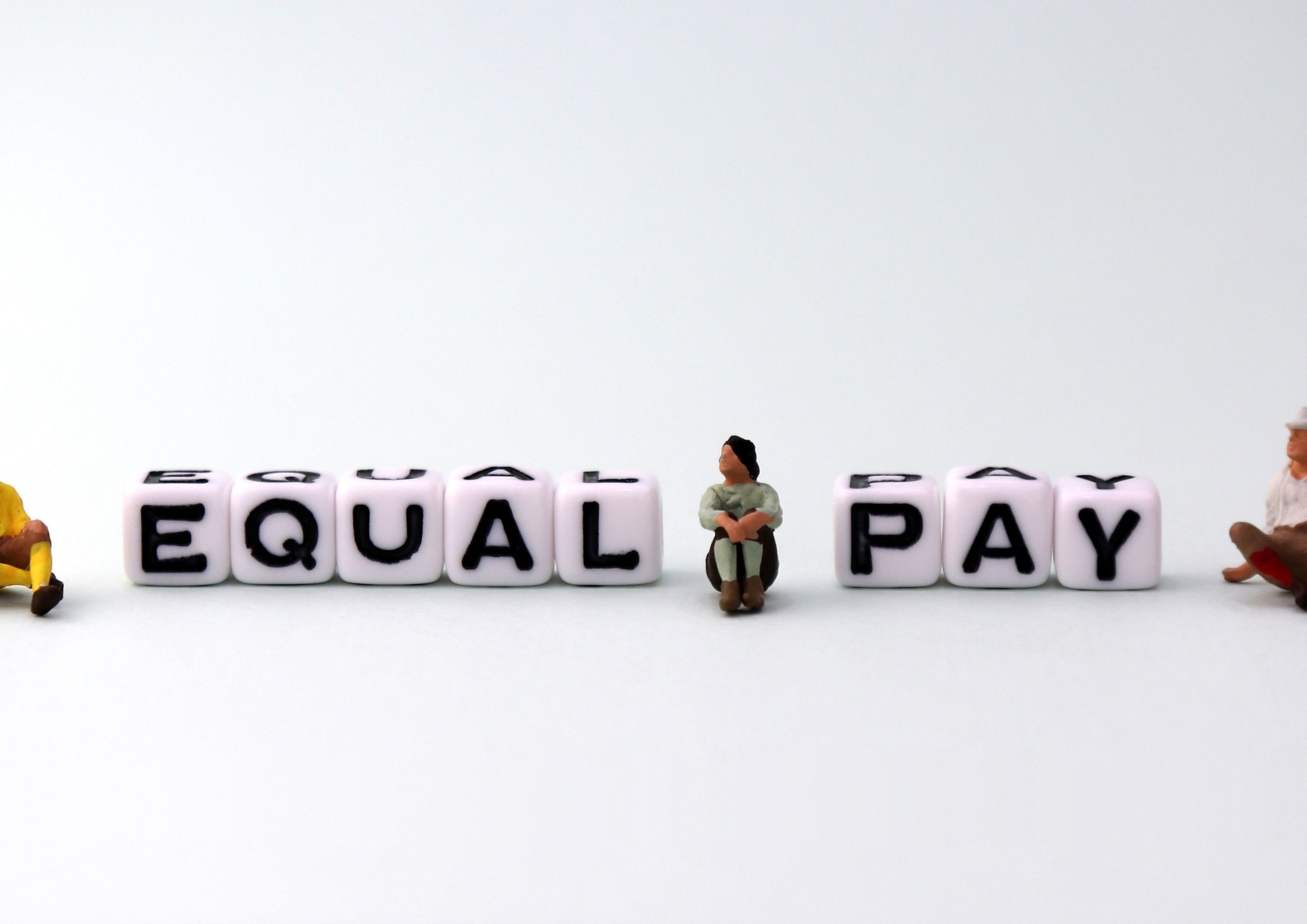
Over 150 Labour Laws
That in the Republic of India there are over 150 labour law legislations since both Centre and State have the power to create laws regulating labour in the country.
However, after conducting detailed scrutiny of these laws, the Second National Commission on Labour, 2002 tabled a report that the existing labour laws are very complex and inconsistent in the present times.
Unified Code on Wages
Therefore, the legislature has come up with idea of unified legislation for wages wherein two major points are deliberated as under:
i. Rationalization, simplification & consolidation of the existing laws relating to labour in the organised sector; and
ii.Umbrella legislation for ensuring minimum level of protection to the workers in the unorganised sector.
The Commission also discussed that the wide set of labour laws should be grouped into four to five categories i.e. wages, industrial relations, social security, safety, welfare and working conditions. Years after such recommendations, the Union Budget 2019 finally announced the decision of the Modi 2.0 Government to make four uniform labour codes in order to streamline the existing labour legislations. One such Code is Code on Wages, 2019.
Assent
The Lok Sabha approved the Bill on 30th July, 2019 followed by the approval in Rajya Sabha on 2nd August, 2019.
The 1st uniform Code out of the targeted four Codes, i.e. the Code on Wages, 2019 (“Code”) received the Presidential assent on 8th August, 2019.
Effect
The Code on Wages seeks to subsume and repeal the following:
i.P a y m e n t o f W a g e s A c t , 1 9 3 6 ;
ii.M i n i m u m W a g e s A c t , 1 9 4 8 ;
iii.P a y m e n t o f B o n u s A c t , 1 9 6 5 ;
iv.E q u a l R e m u n e r a t i o n A c t , 1 9 7 6
Applicability & Structure
The Code on Wages, 2019 will be applicable on the people working in the organised and unorganised sectors.
It comprises of 9 extensive chapters focussing on wages, bonus, constitution of advisory boards, appointment of an Inspector cum Facilitator, offences and penalties and other miscellaneous provisions.
Impact
1.Minimum & Timely Wages – By enactment of such Code, the legislature intends to not only fix the minimum wages but also ensure timely payment of wages. Workers in the sectors like agriculture, dhabas, etc. were earlier not covered under the ambit of labour laws; however, by implementation of this Code, such workers will also be now covered under the Code.
2. Universal Definition of “Wages” – Further, the Code on Wages shall stipulate a universal definition of ‘Wages’ unlike the earlier situation wherein multiple legislations had a different definition of wages under the respective legislation.
3.Gender Neutral Wages – Most importantly, the Code does not discriminate between men, women and transgender in getting wages as under Section 3(1) of the Code.
Conclusion
Therefore, this Code has aimed to bring a revolutionary change in the labour laws of the country. It was claimed to increase the coverage of the previous codes, which seemed to only encompass 30% of the working population.
The date of its implementation being anticipated to be 1st May,2021 which also happens to be labour day.
